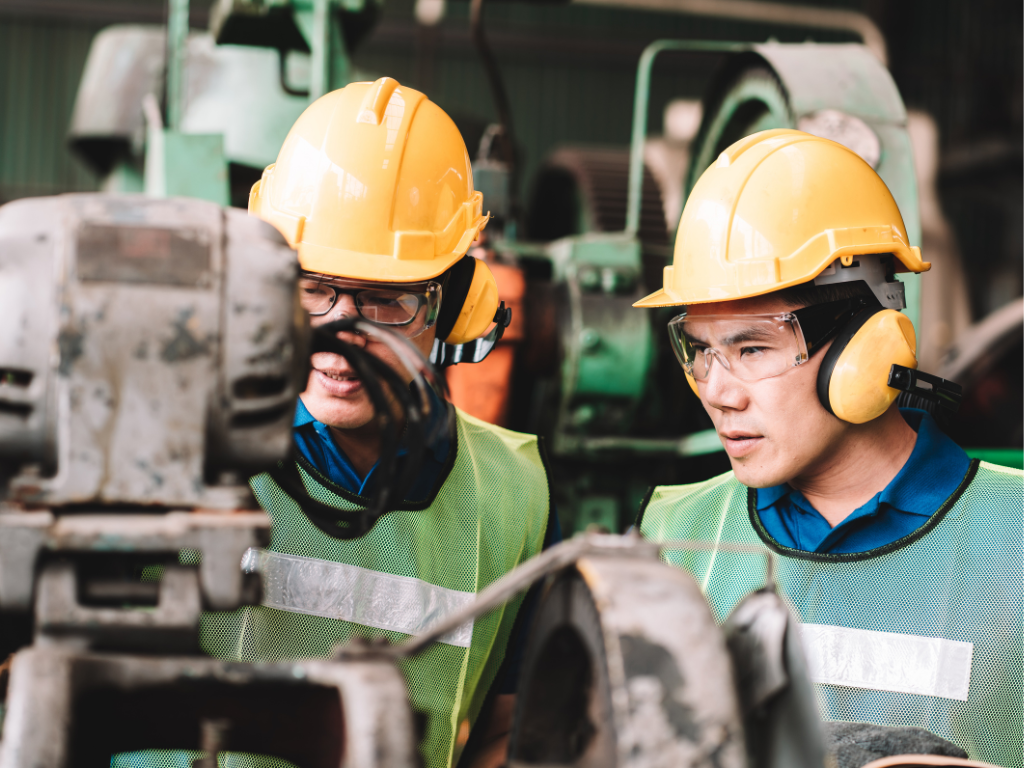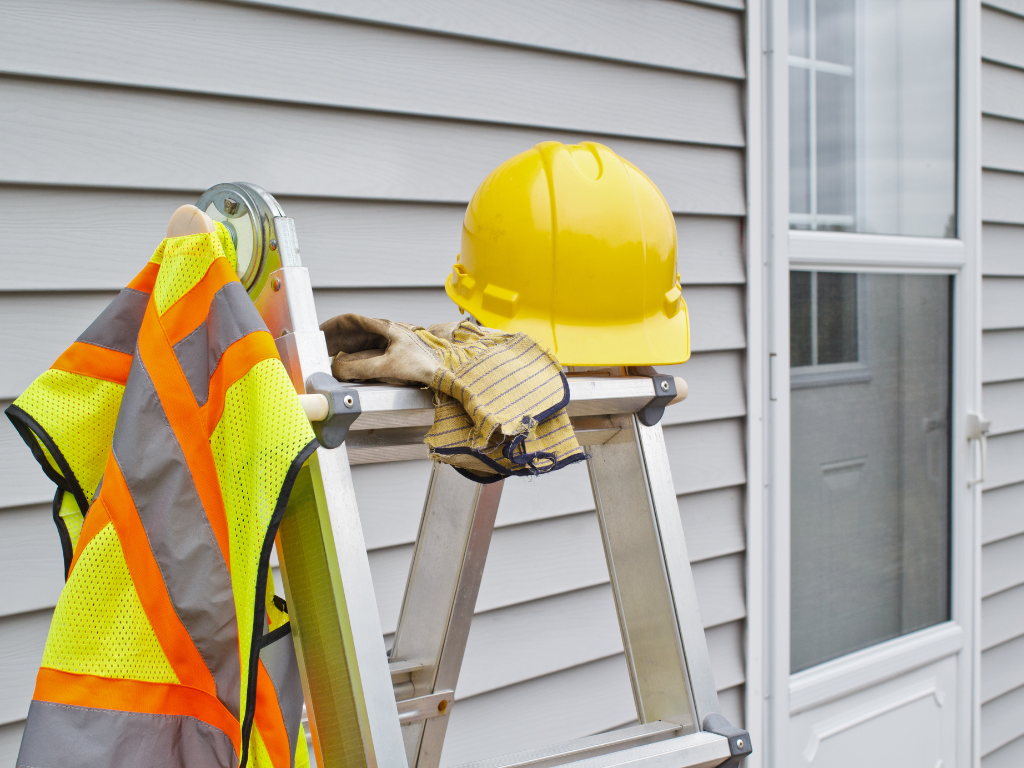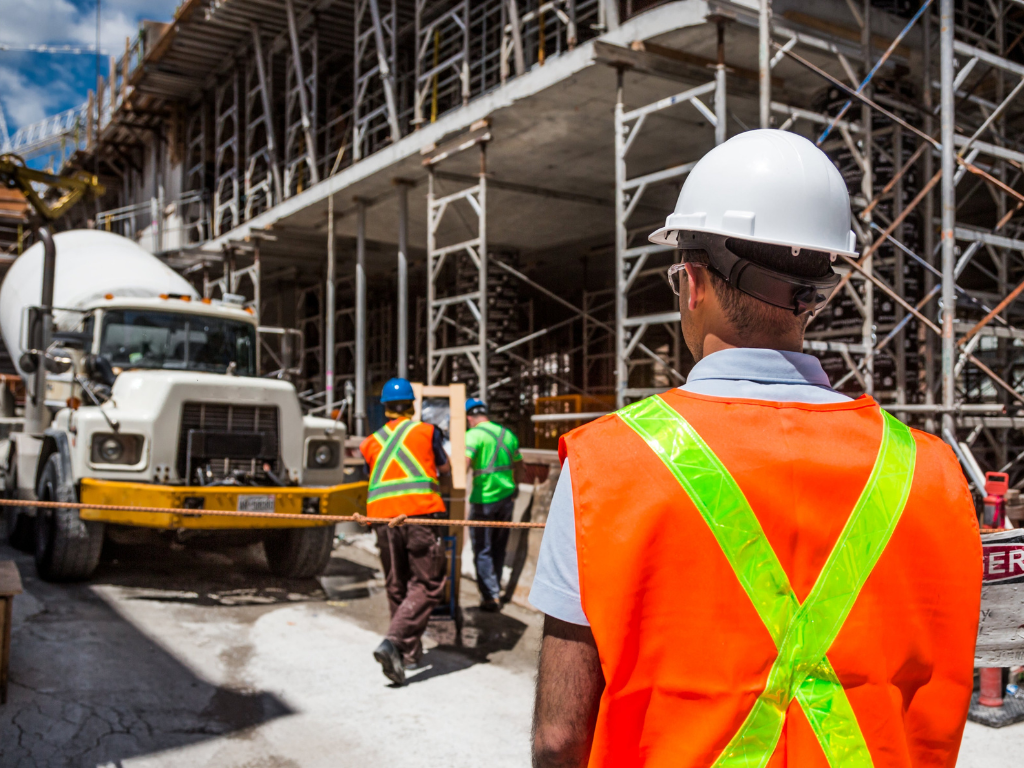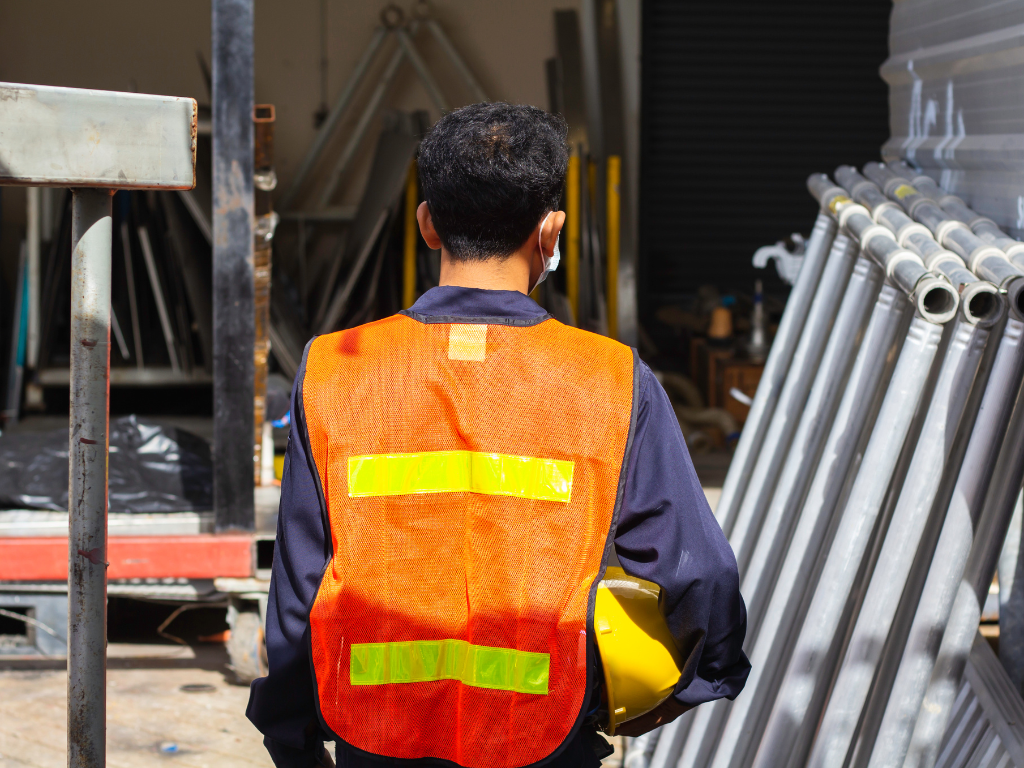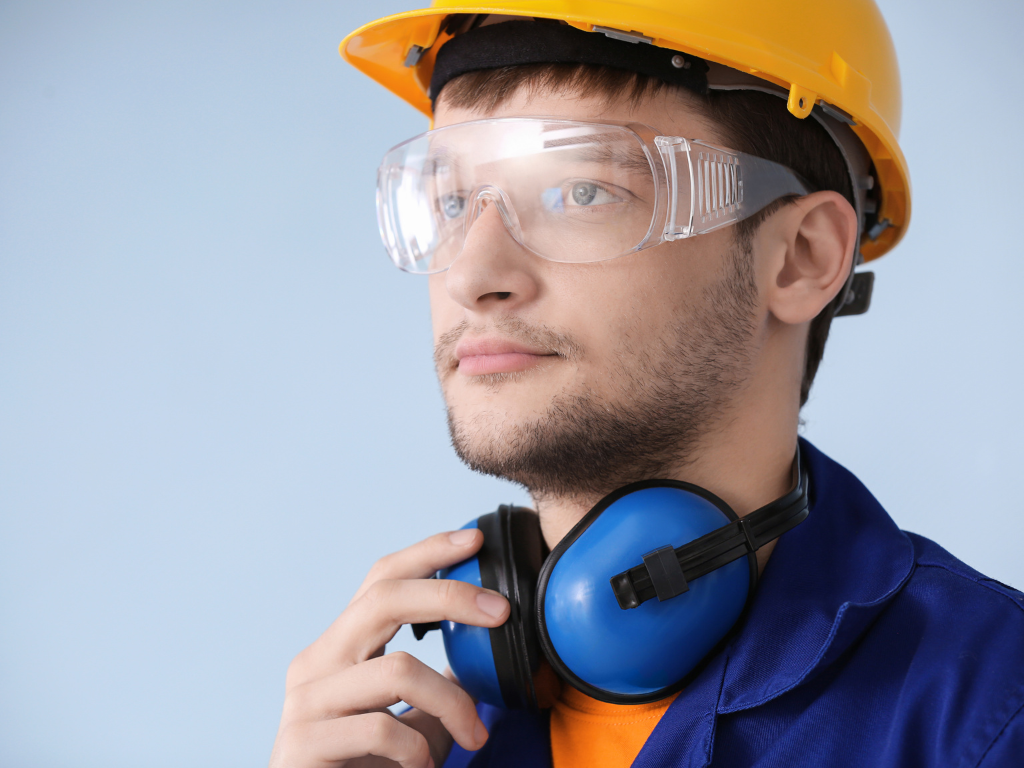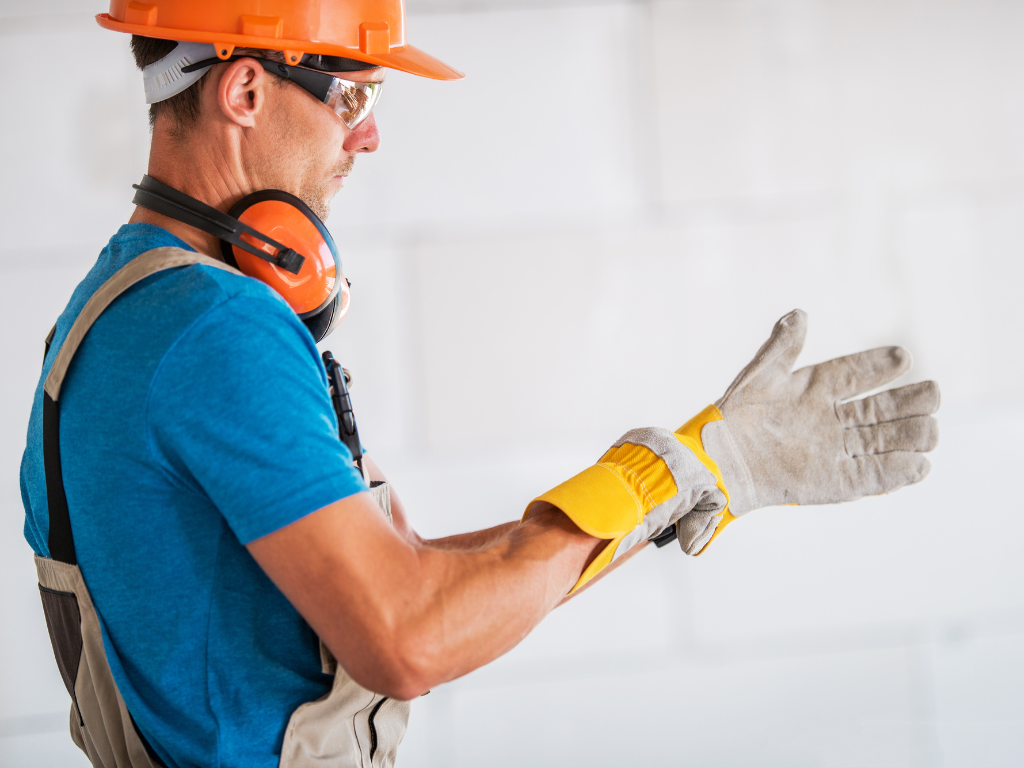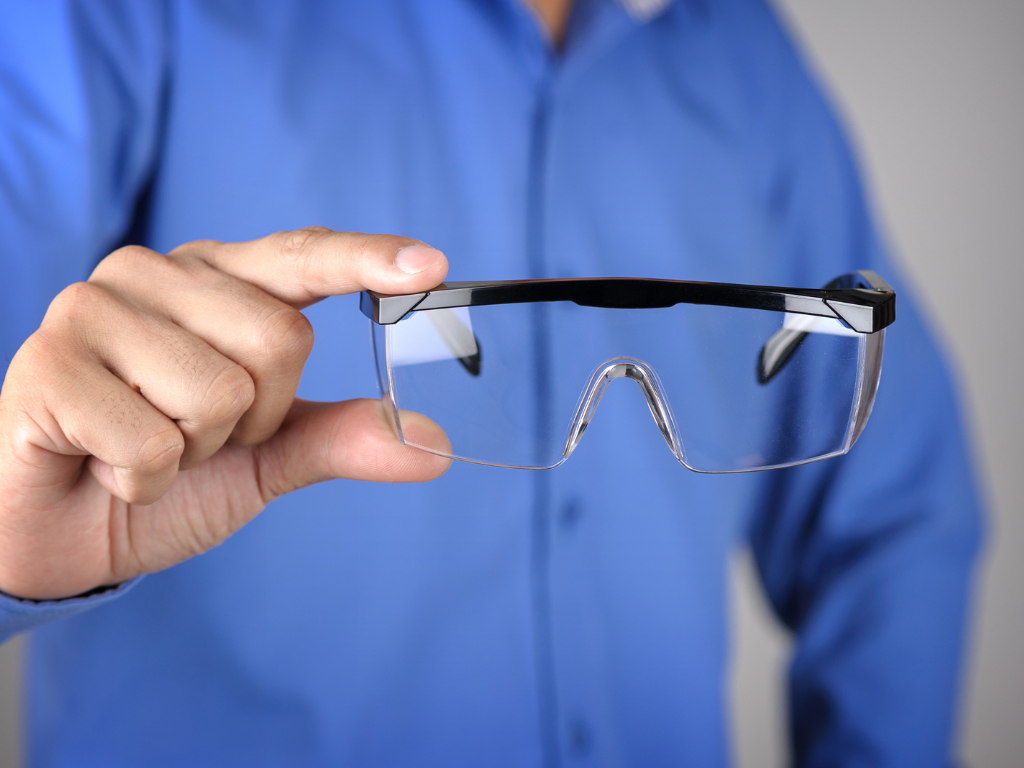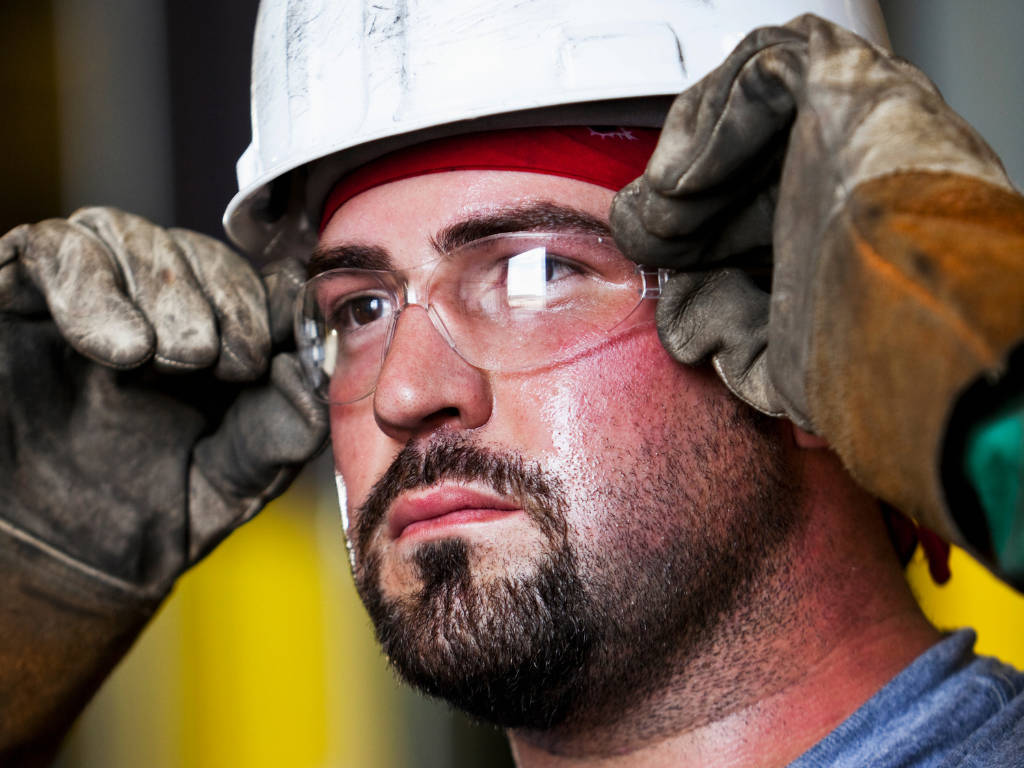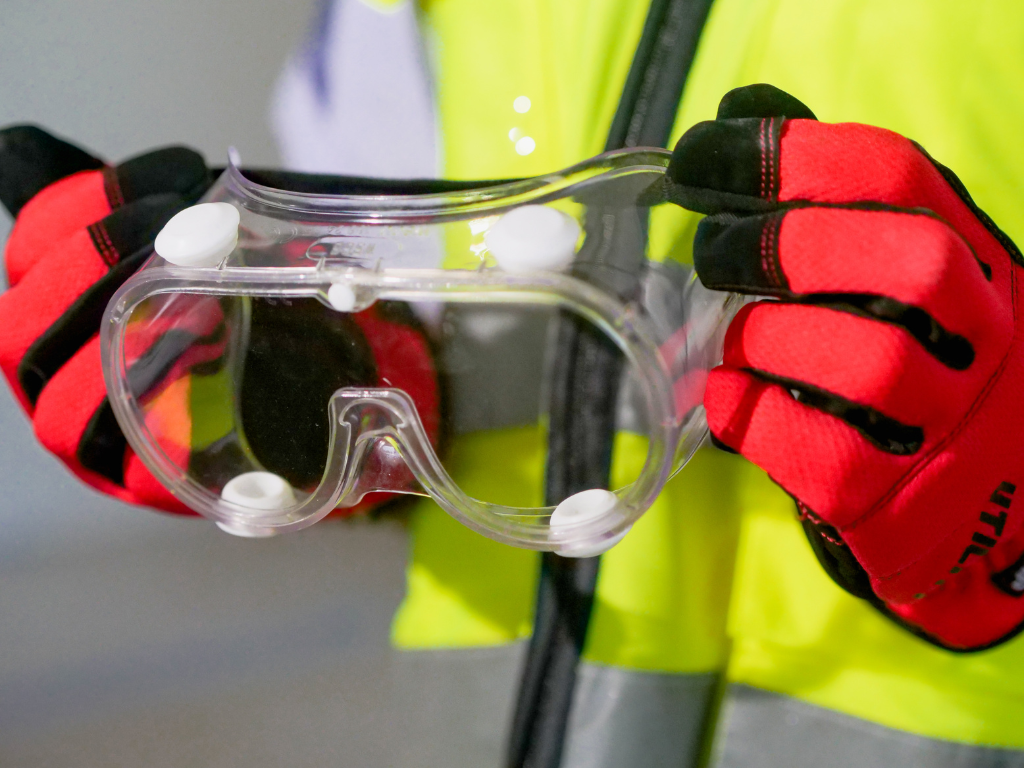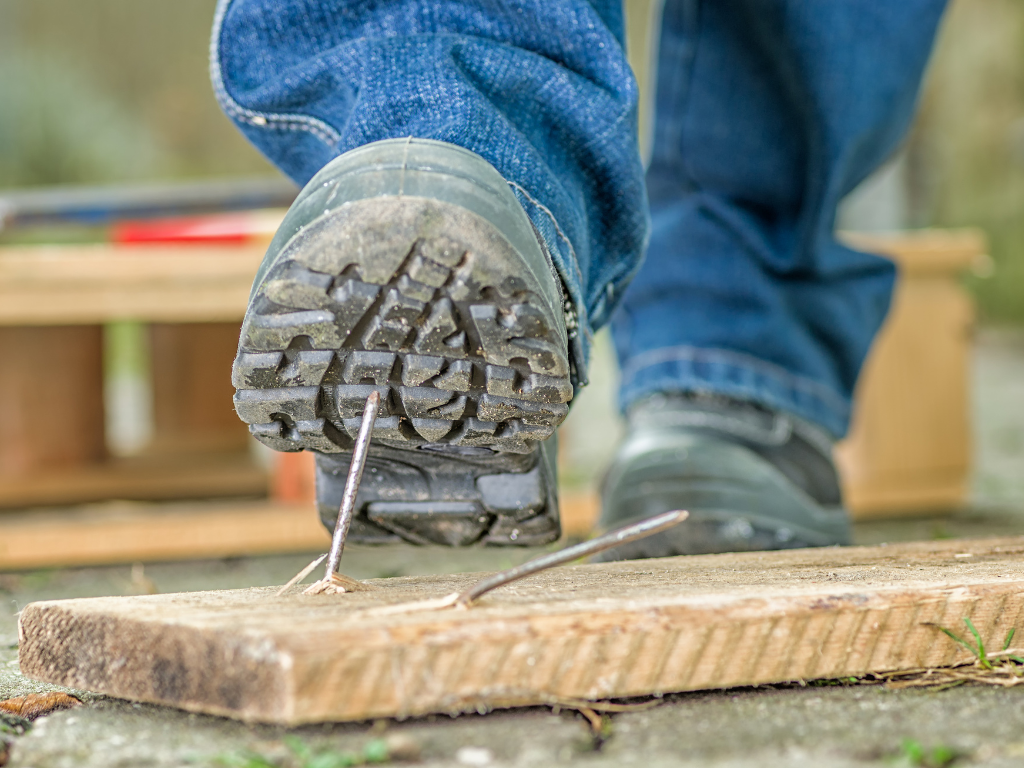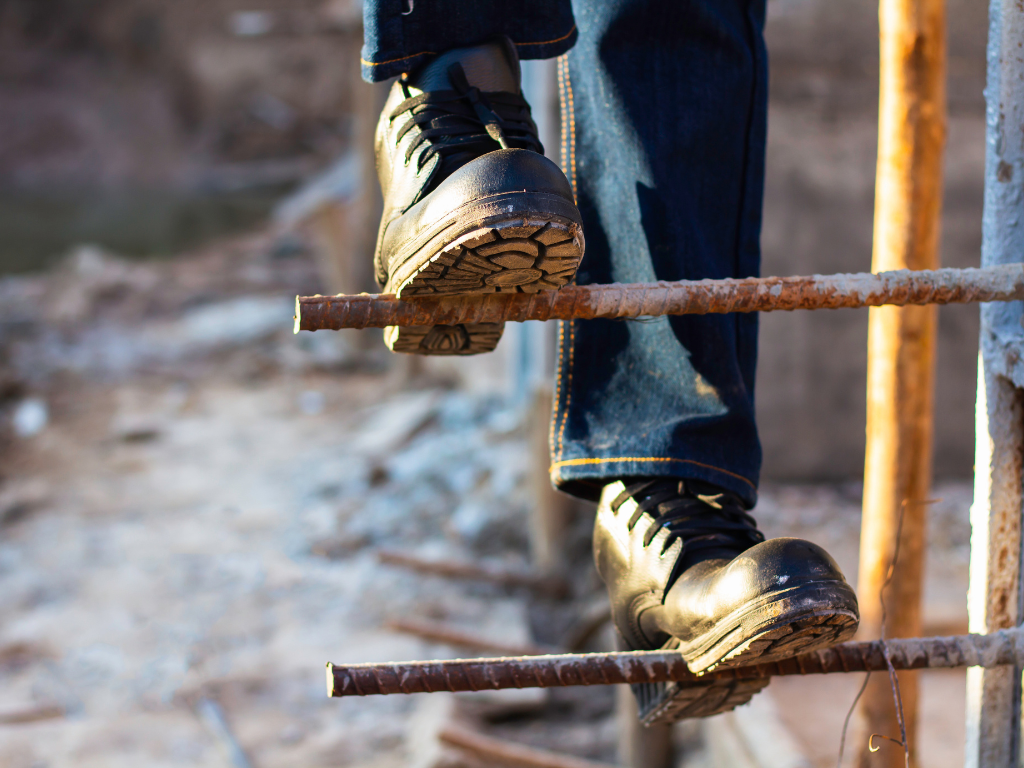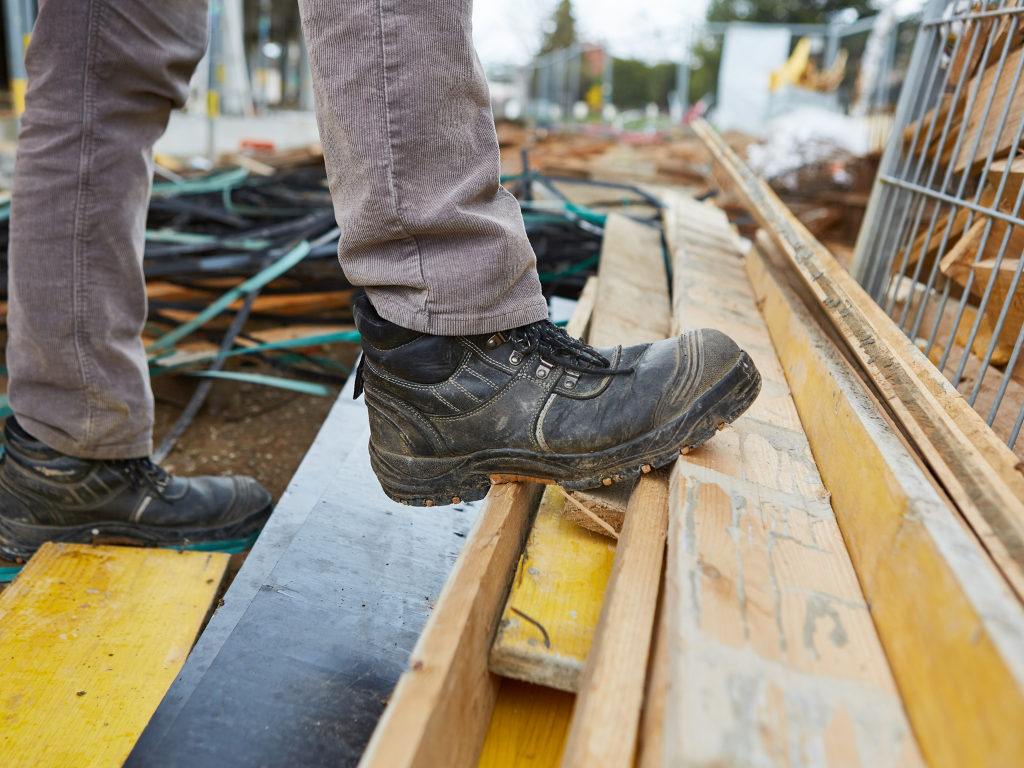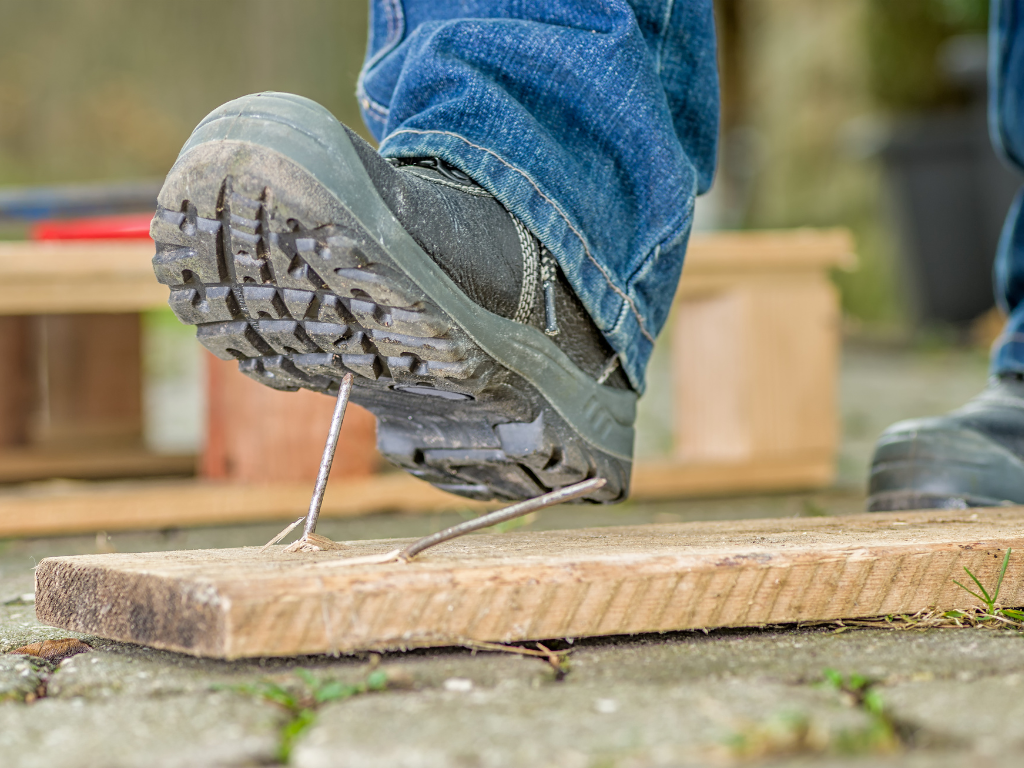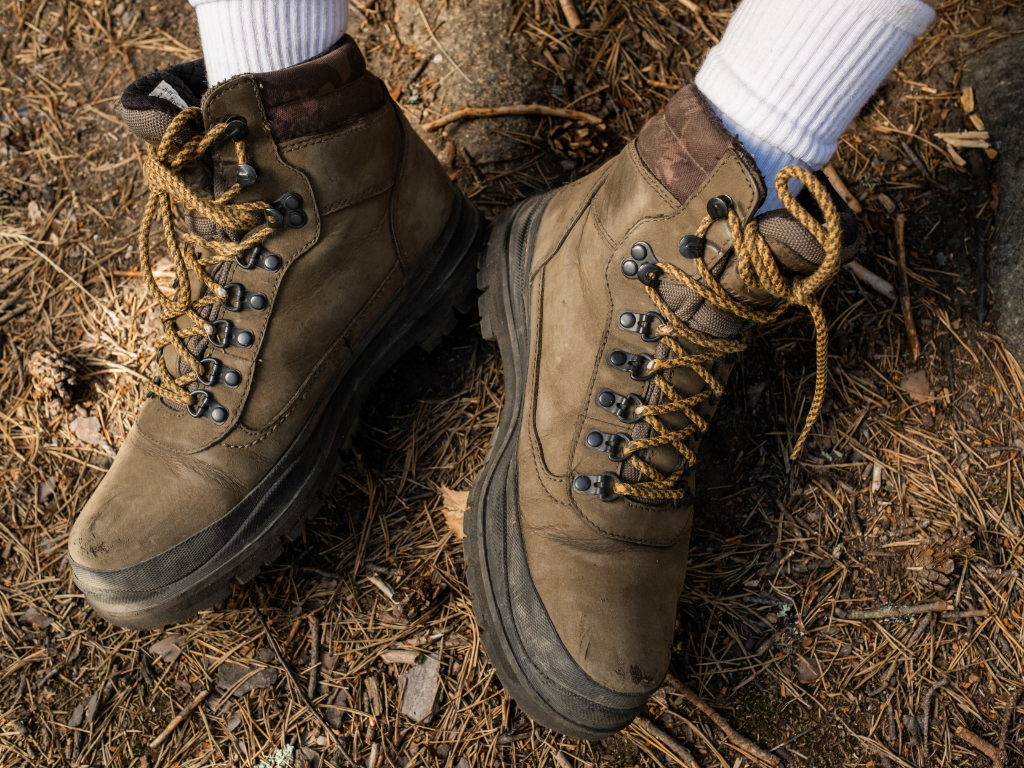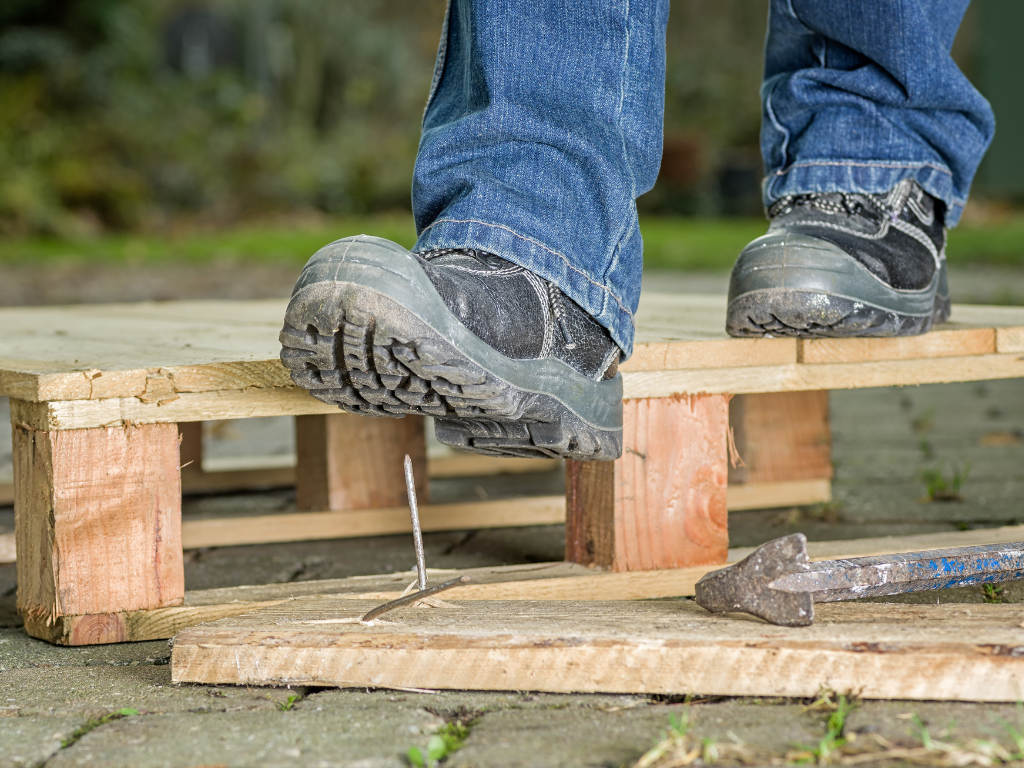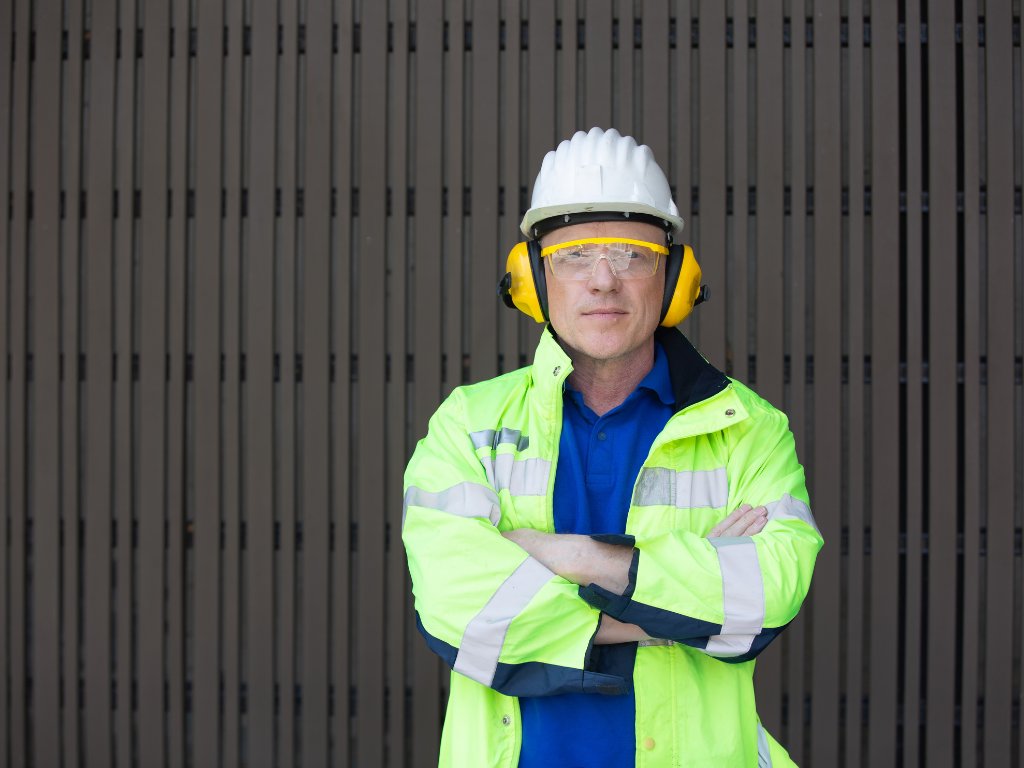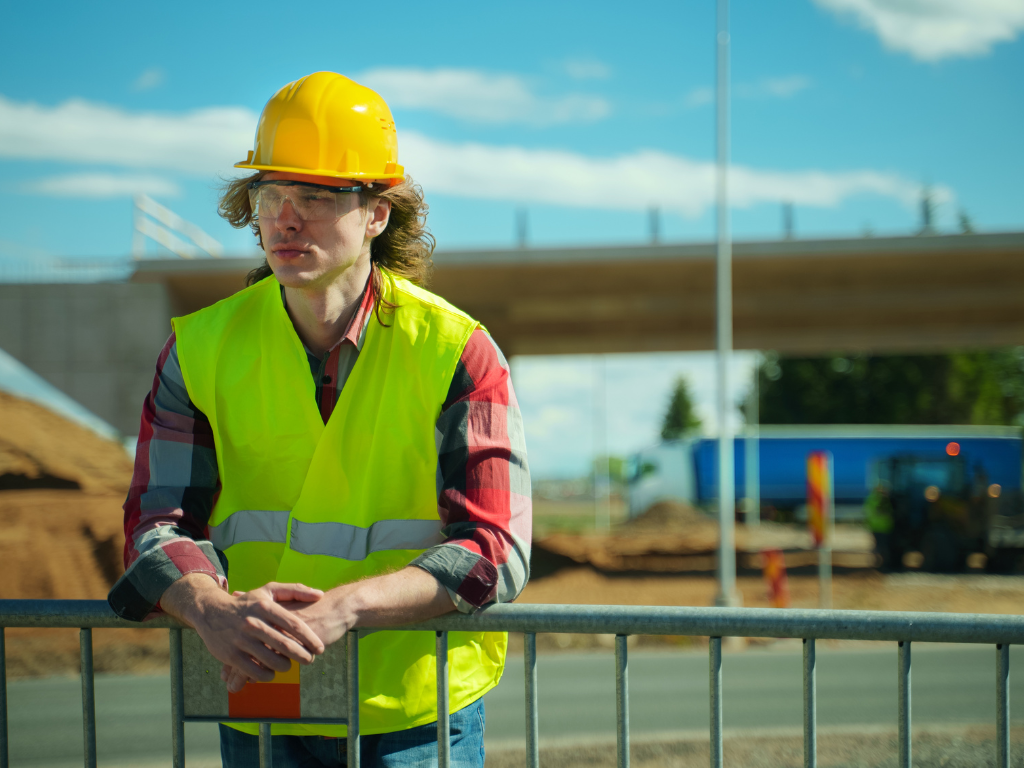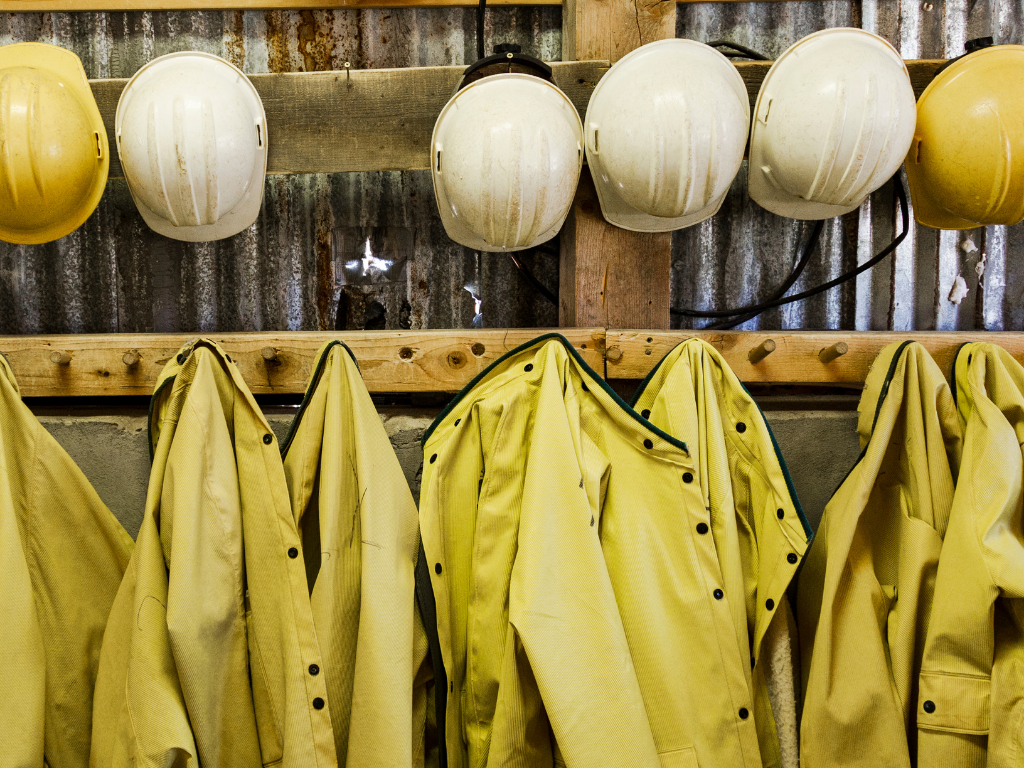Regular maintenance of safety gear is essential because it ensures that all equipment remains in optimal working condition, providing the maximum level of protection. Safety gear that is not properly maintained can fail to prevent injuries during accidents due to wear and tear, defects, or malfunctions. Regular maintenance not only extends the life of the safety gear but also ensures compliance with safety regulations and standards, reducing the risk of non-compliance penalties.
Impact of Well-Maintained Safety Gear on Workplace Safety
Well-maintained safety gear significantly enhances workplace safety by reducing the likelihood of accidents and injuries. It ensures that protective equipment performs as expected in critical situations, such as helmets protecting against head injuries or safety workwear resisting environmental hazards. This not only protects employees but also boosts their confidence and productivity, knowing they are safeguarded by reliable gear. Additionally, it fosters a culture of safety within the workplace, emphasizing the employer’s commitment to employee well-being.
Daily Inspection and Maintenance Procedures
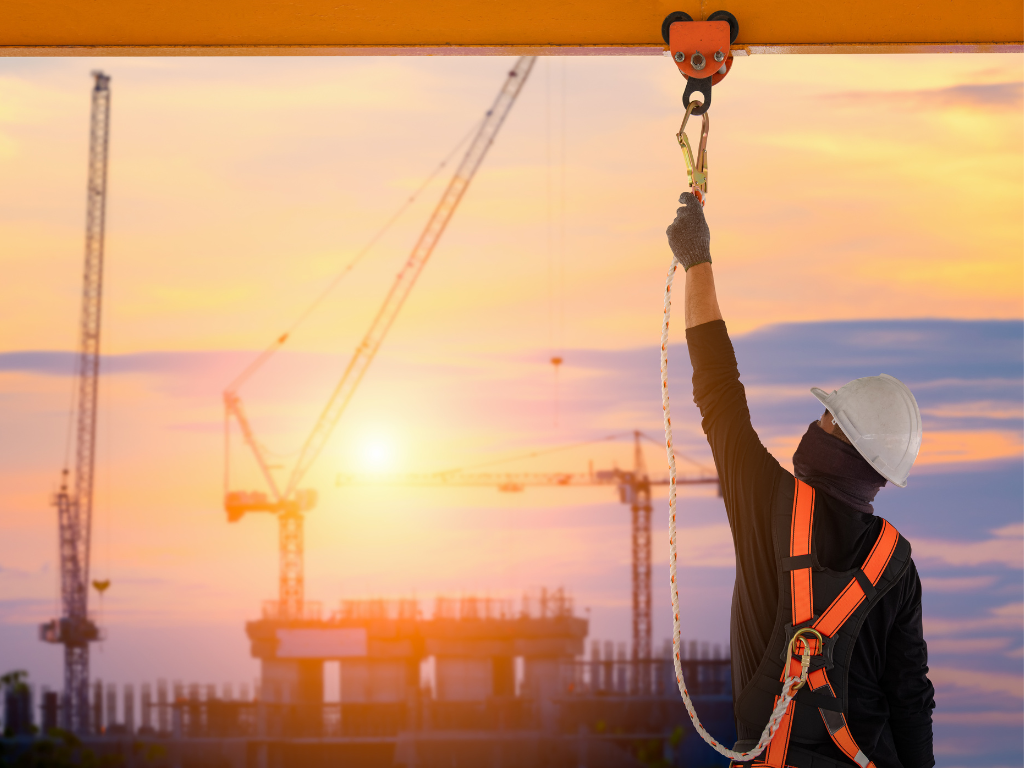
What Are the Daily Checks Required for Safety Gear?
Daily checks for safety gear involve visual inspections for any signs of wear, damage, or contamination. For example, checking for cracks or dents in helmets, tears or frays in safety workwear, and integrity of safety glasses. It’s crucial to ensure that all parts and fastenings are secure and functional, and that no modifications have been made that might compromise the gear’s effectiveness.
Routine Maintenance Tasks for Safety Workwear
Routine maintenance tasks for safety workwear include ensuring that all items are cleaned according to manufacturer instructions after use, especially if exposed to hazardous materials. Regular checks for functionality of closures and fasteners, such as zippers or buttons, are essential. It’s also important to follow specific care instructions to prevent damage that could diminish the protective properties of the workwear.
Cleaning Techniques for Different Types of Safety Gear
Best Practices for Cleaning Safety Helmets and Hard Hats
Cleaning safety helmets and hard hats should be done using mild soap and warm water to remove dirt and debris. Avoid using abrasive materials or harsh chemicals that can degrade the materials of the helmet. After washing, they should be rinsed thoroughly and dried with a soft cloth to prevent water spots or degradation of the material.
Guidelines for Washing and Caring for Safety Workwear
Safety workwear should be washed according to the label instructions, typically with mild detergents and without bleach, which can weaken fabrics. High-visibility clothing should be kept free of dirt and grime to maintain its visibility features. Ensure that any reflective tapes or inserts remain functional by avoiding high-temperature washes that might cause them to peel off or crack.
Storage Solutions for Safety Gear
How to Properly Store Safety Gear to Extend Its Lifespan
Proper storage of safety gear is vital to maintaining its integrity and functionality. Safety gear should be stored in a clean, dry environment away from direct sunlight, which can degrade materials over time. Avoid compressing the gear under heavy items as it can alter its shape and effectiveness.
Tips for Organizing Safety Workwear to Prevent Damage
Organizing safety workwear involves hanging items on sturdy hangers to maintain their shape and using breathable garment bags to protect from dust and pests. For gear with multiple components, such as harnesses or protective pads, use dedicated bins or shelves labeled according to type and size for easy access and to prevent misplacement or damage.
When to Replace Safety Gear and Workwear

Signs That Indicate Your Safety Gear Needs Replacement
Safety gear and workwear should be replaced when there are visible signs of wear and tear that could compromise their integrity and protective qualities. Common indicators include:
- Cracks, tears, or significant fading in materials.
- Deformation of protective elements, such as helmet shells or padding.
- Malfunctioning closures, buckles, or seams that cannot be effectively repaired.
- Safety gear that has been subjected to impact or stress from an accident should be replaced immediately, as its ability to provide protection in the future may be compromised.
Lifespan Expectations for Different Types of Safety Workwear
The expected lifespan of safety workwear varies based on the material, frequency of use, and the conditions under which it is used. For instance:
- Hard hats typically have a lifespan of 3 to 5 years from the date of manufacture, depending on the manufacturer’s guidelines.
- High-visibility clothing may need to be replaced more frequently, especially if it is used daily or in harsh conditions, as its visibility features can degrade over time.
- General safety workwear like jackets or pants should be inspected regularly and replaced if they fail to meet safety standards due to wear.
Repairing Damaged Safety Gear
Can Safety Gear Be Repaired, and How?
Some safety gear can be repaired, particularly items where damage is confined to non-critical components. For example:
- Minor tears in workwear might be mended if they do not affect the integrity of reflective strips or protective barriers.
- Components like straps on helmets or harnesses can often be replaced if they show signs of wear, provided the main protective parts remain intact and undamaged.
Determining When Replacement Is Preferable to Repair
Replacement is preferable to repair when:
- The cost of repair approaches or exceeds the cost of replacement.
- The structural integrity of the safety gear is in doubt.
- Repairs would not fully restore the protective properties of the equipment.
- The item has reached or exceeded its recommended service life according to manufacturer guidelines.
Training Employees on Safety Gear Upkeep
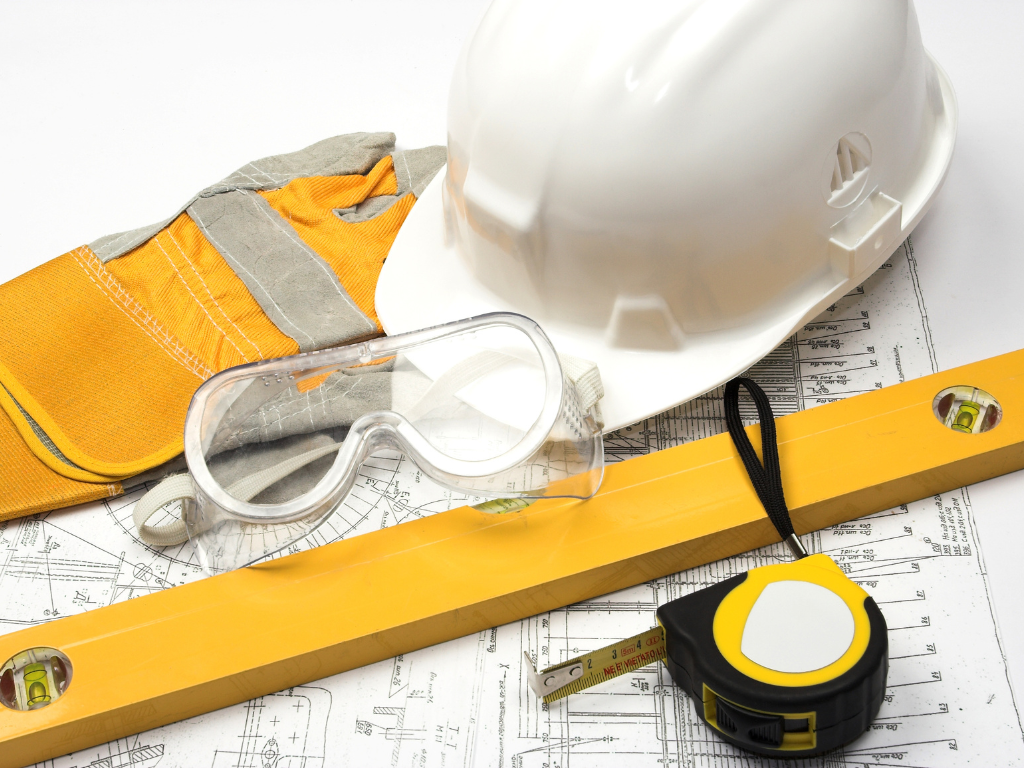
Why Training in Maintenance and Care Is Essential
Training employees in the proper maintenance and care of safety gear is essential to ensure that they understand the importance of their equipment and how to keep it in optimal condition. Proper training helps extend the lifespan of safety gear, reduces the risk of workplace injuries associated with faulty equipment, and ensures compliance with safety regulations.
Components of an Effective Safety Gear Maintenance Training Program
An effective safety gear maintenance training program should include:
- Detailed instructions on daily inspection and maintenance routines.
- Demonstrations of proper cleaning techniques specific to different types of safety gear.
- Guidelines on how to store equipment correctly to avoid damage.
- Training on how to recognize signs of wear and when to replace gear.
- Regular updates on new safety standards and gear technologies to ensure ongoing compliance and safety awareness.
Budgeting for Safety Gear Maintenance and Replacement
How to Budget for Ongoing Safety Gear and Workwear Costs
Budgeting for ongoing safety gear and workwear costs requires a proactive approach to anticipate and manage expenses effectively. Organizations should start by conducting a thorough inventory and assessment of all safety equipment to determine current conditions and predict replacement timelines. Establishing a scheduled maintenance and replacement plan based on manufacturer recommendations and past usage patterns can help spread out costs and avoid unexpected expenses. Setting aside a fixed percentage of the operating budget for safety equipment can also ensure funds are always available when replacements or repairs are needed.
Cost-Saving Tips for Managing Safety Gear Investments
- Bulk Purchases: Buying safety gear in bulk can reduce costs significantly. Suppliers often offer discounts for larger orders, which also reduces shipping costs over time.
- Quality Over Quantity: Investing in high-quality safety gear might have a higher upfront cost but can save money in the long run due to longer lifespan and less frequent replacements.
- Regular Maintenance: Implementing a strict maintenance schedule can extend the life of safety gear, decreasing the frequency of replacements.
- Employee Training: Educating employees on proper use and maintenance can reduce wear and tear, prolonging the life of the gear.
Conclusion
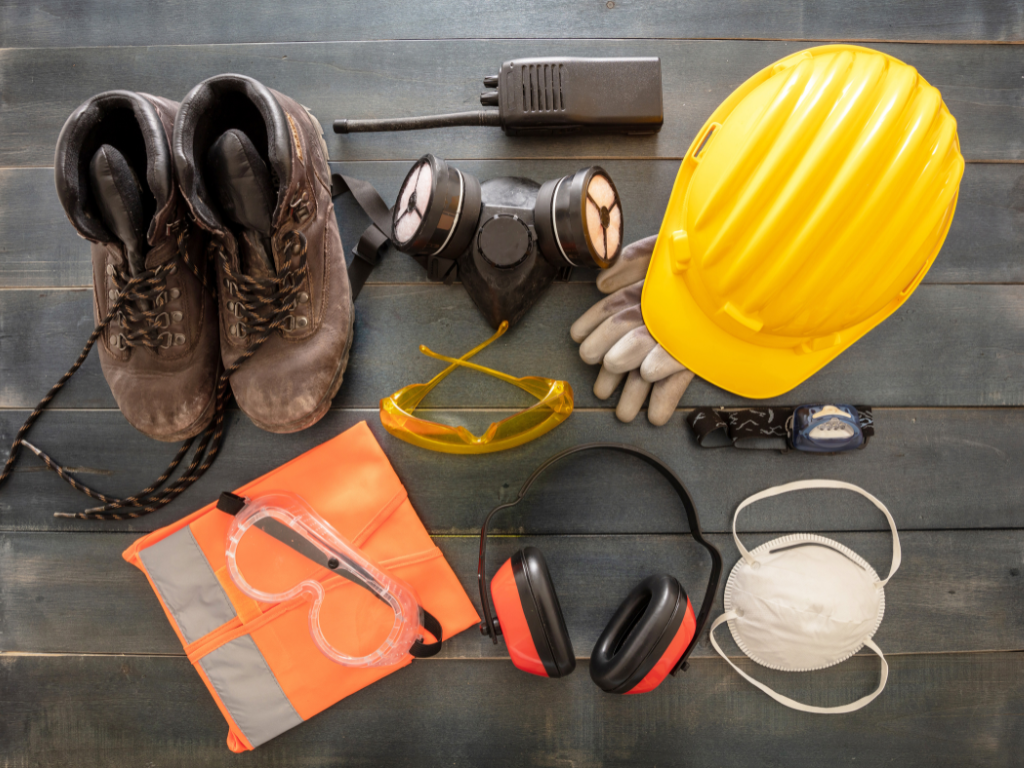
The role of proper care and maintenance of safety gear in ensuring workplace safety cannot be overstated. It is a fundamental aspect of an organization’s safety culture that underscores a commitment to employee well-being. Effective care strategies contribute significantly to a safer work environment by ensuring that all protective gear is functioning correctly, thus significantly reducing the likelihood of accidents and injuries.

